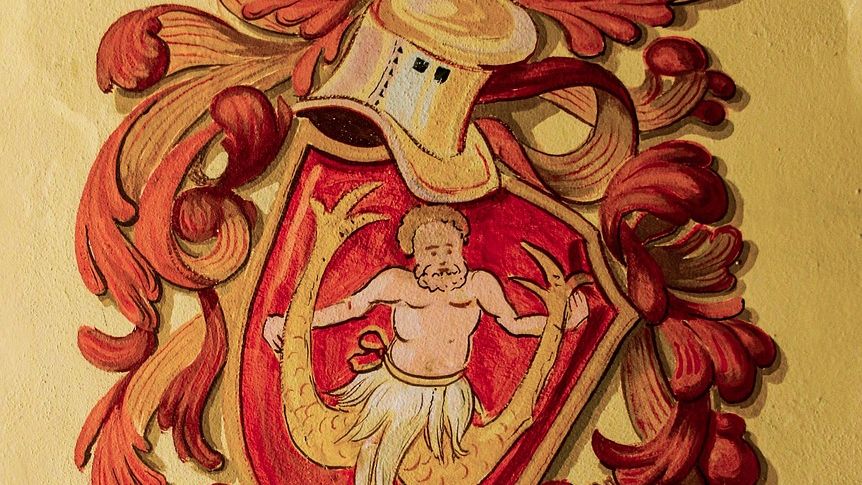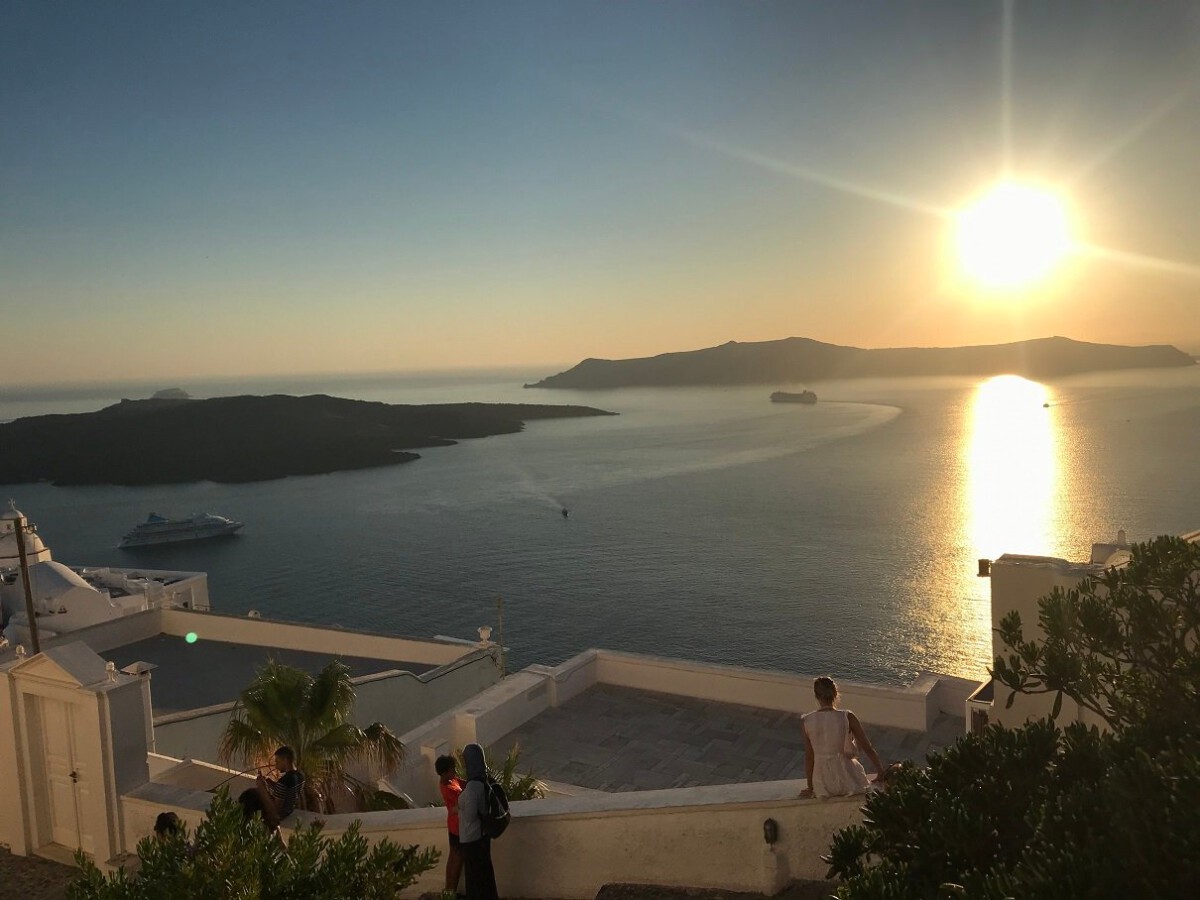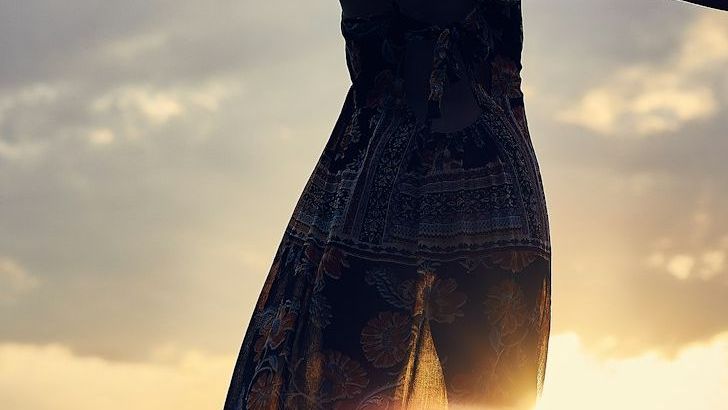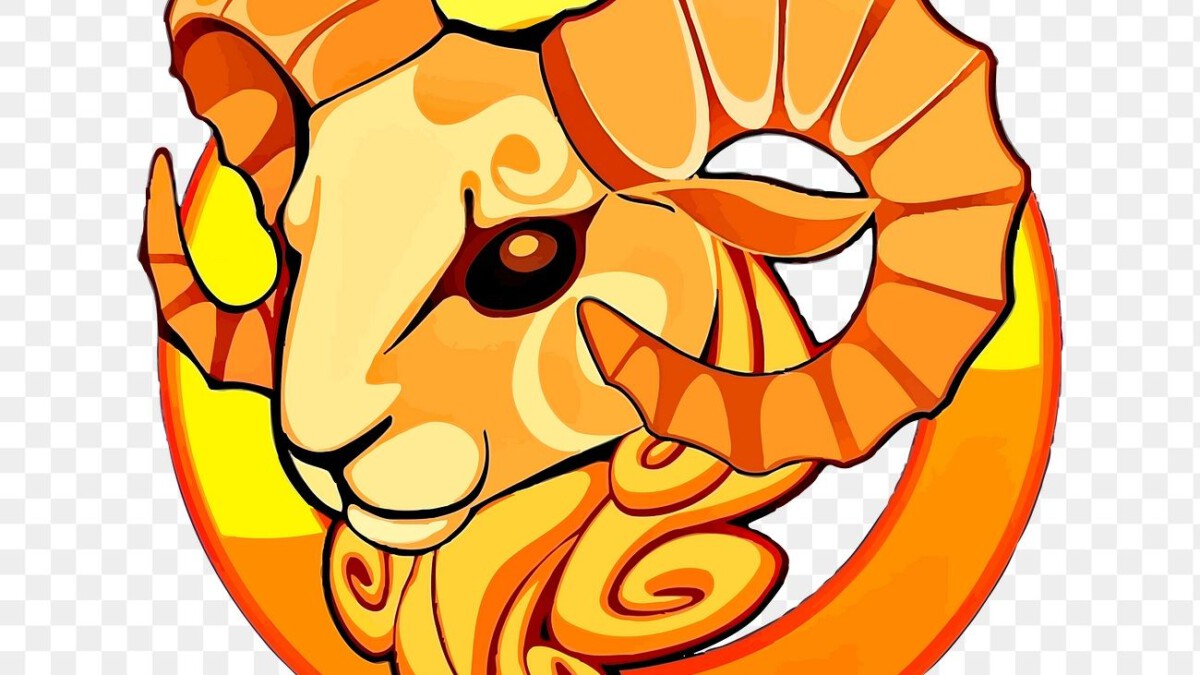The Birth of a Cultural Revolution
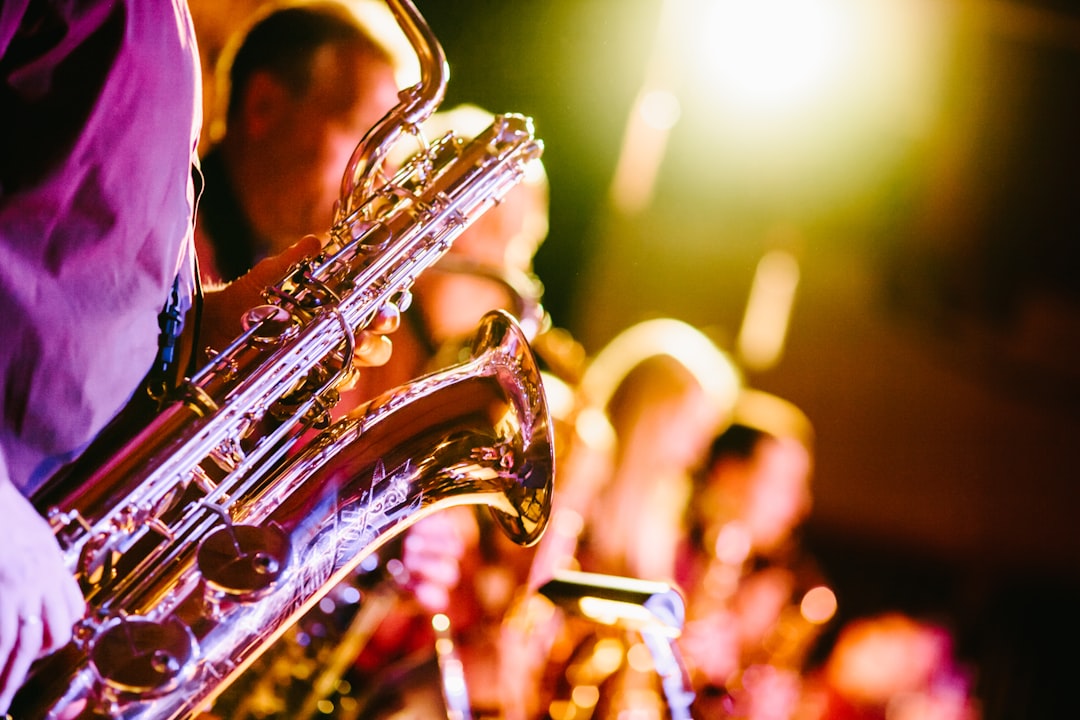
Picture this: it’s 1920, and the streets of northern Manhattan are alive with something extraordinary. You’ve got jazz music spilling from every club, painters reimagining art on canvas, and writers pouring their souls into verses that would change American literature forever. Between the end of World War I and the mid-1930s, African Americans produced one of the most significant eras of cultural expression in the nation’s history—the Harlem Renaissance. This wasn’t just another cultural movement—it was a seismic shift that would echo through generations. Lasting roughly from the 1910s through the mid-1930s, the period is considered a golden age in African American culture, manifesting in literature, music, stage performance and art.
What made this movement so explosive wasn’t just the talent, but the timing. The northern Manhattan neighborhood of Harlem was meant to be an upper-class white neighborhood in the 1880s, but rapid overdevelopment led to empty buildings and desperate landlords seeking to fill them. In the early 1900s, a few middle-class Black families from another neighborhood known as Black Bohemia moved to Harlem, and other Black families followed. It was like watching a cultural avalanche—once it started, there was no stopping it.
The Great Migration Sets the Stage

To understand the Harlem Renaissance, you need to grasp the massive demographic shift happening across America. As a result, approximately six million people migrated from the American South to elsewhere in the US in the period between 1910 and 1970 in an attempt to escape racial violence and persecution. This wasn’t just people moving for better jobs—this was folks literally running for their lives. During the Great Migration (1910–1920), African Americans by the thousands poured into industrial cities to find work and later to fill labor shortages created by World War I.
The impact was staggering. This coalescence of people who had lived through the Reconstruction era following the Civil War (1861-65), and whose parents were likely enslaved, led to a cultural evolution that simultaneously focused upon both criticising and celebrating the African American experience. Imagine all this collective experience, pain, and hope suddenly concentrated in one neighborhood. That’s the raw material from which the Harlem Renaissance emerged.
A Literary Explosion That Changed Everything
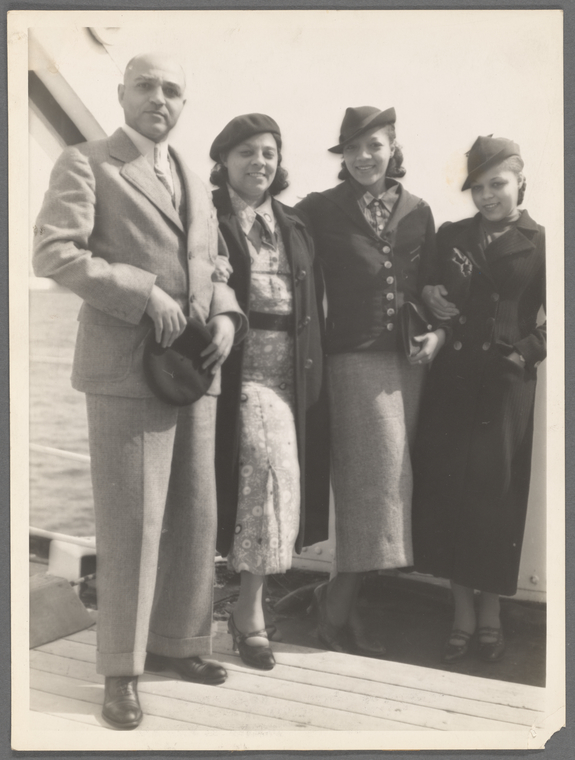
The literary scene during the Harlem Renaissance was nothing short of revolutionary. Two of the earliest breakthroughs were in poetry, with Claude McKay’s collection Harlem Shadows in 1922 and Jean Toomer’s Cane in 1923. Civil rights activist James Weldon Johnson’s The Autobiography of An Ex-Colored Man in 1912, followed by God’s Trombones in 1927, left their mark on the world of fiction. These weren’t just books—they were declarations of independence from literary traditions that had ignored or misrepresented Black experiences.
Some of the most prominent works created during the Harlem Renaissance were in the field of literature. Zora Neale Hurston, Claude McKay, Jean Toomer, and Langston Hughes produced novels, poetry, short stories and memoirs. Charles S. Johnson, the young editor of Opportunity, the National Urban League’s monthly magazine, conceived the event to honor writer Jessie Fauset on the occasion of the publication of her novel, There Is Confusion. The Civic Club Dinner of 1924 became the unofficial launch party for this literary renaissance.
Langston Hughes: The Voice of a Generation

Among the notable writers were Claude McKay, author of Home to Harlem (1928); Langston Hughes, known as “the poet laureate of Harlem”; and Zora Neale Hurston, who celebrated Black culture of the rural South. Hughes wasn’t just writing poetry—he was crafting a new identity for African Americans. What united these diverse art forms was their realistic presentation of what it meant to be black in America, what writer Langston Hughes called an “expression of our individual dark-skinned selves,” as well as a new militancy in asserting their civil and political rights.
His approach was revolutionary for its time. “We younger negro artists who create now intend to express our individual dark-skinned selves without fear or shame. If white people are pleased we are glad. If they are not, it doesn’t matter. We know we are beautiful. And ugly too.” This quote perfectly captures the defiant pride that characterized the movement.
Zora Neale Hurston: Anthropologist and Storyteller
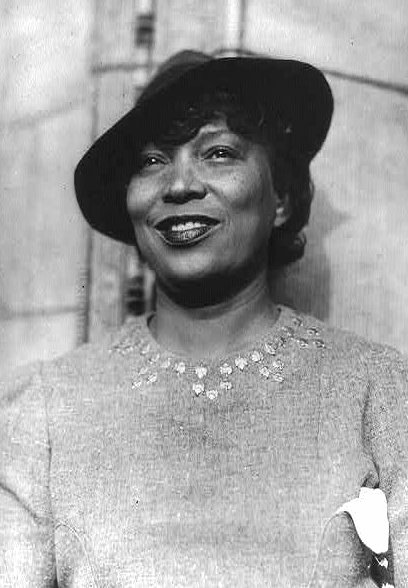
Hurston produced important work in a number of fields. An anthropologist and folklorist, she studied with the eminent anthropologist Franz Boaz at Columbia University, and used the music and stories that she collected as a folklorist to inform her novels, plays, and other books, including Mules and Men and Their Eyes Were Watching God. What made Hurston special was her ability to bridge academic research with creative expression. She wasn’t just writing fiction—she was preserving and celebrating Black culture in ways that had never been done before.
When Zora Hurston arrived in New York City in 1925, the Harlem Renaissance was at its peak, and she soon became one of the writers at its center. In 1926, a group of young black writers including Zora Hurston, Langston Hughes, and Wallace Thurman, calling themselves the Niggerati, produced a literary magazine called Fire!! Other notable artists made famous during the Harlem Renaissance include Langston Hughes; Duke Ellington; Louis Armstrong; Countee Cullen; Billie Holiday; Eubie Blake; and Noble Sissle, among others—with Zora acting as the “voice of the movement.”
Jazz Revolution: The Soundtrack of Change
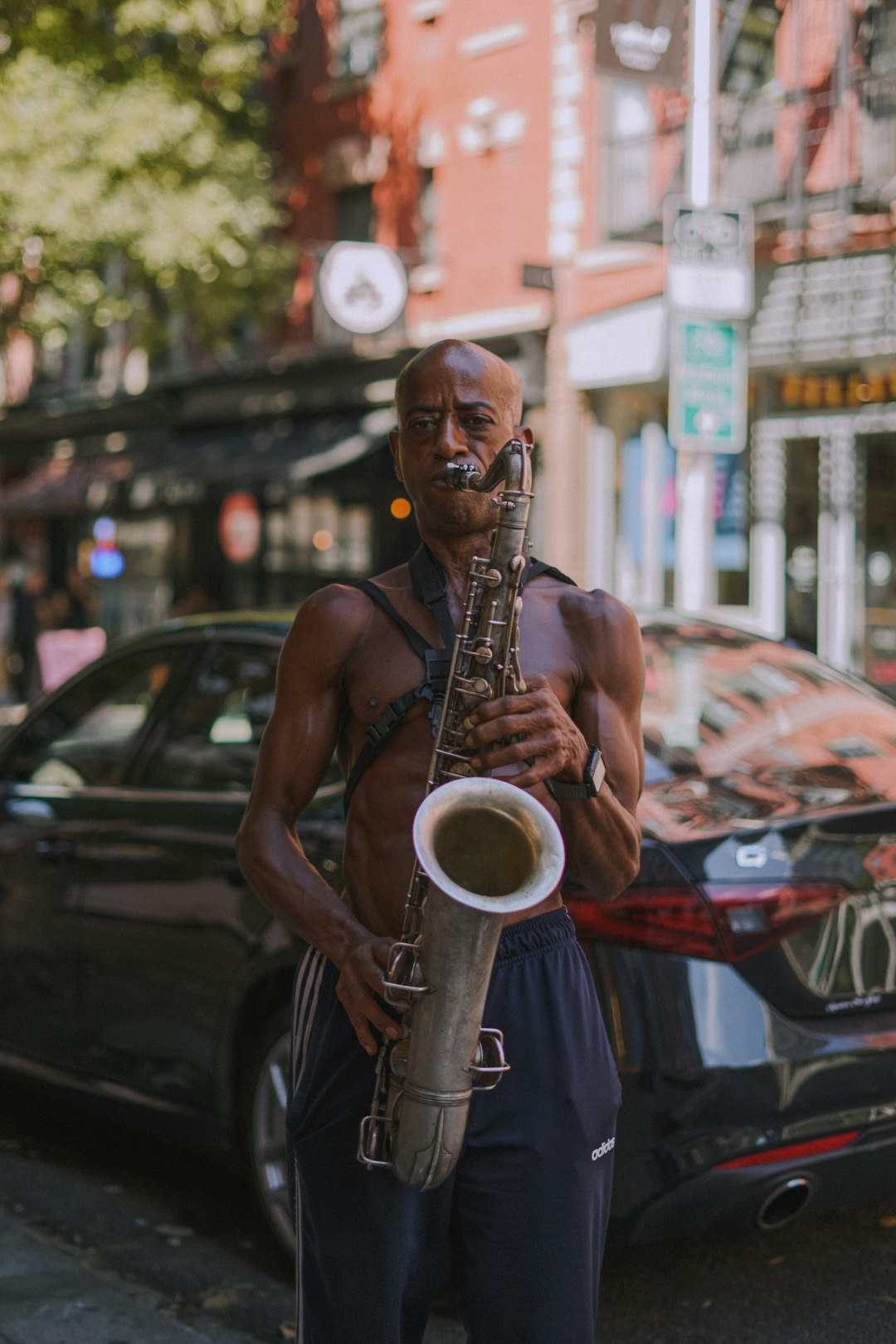
The music that percolated in and then boomed out of Harlem in the 1920s was jazz, often played at speakeasies offering illegal liquor. Jazz wasn’t just entertainment—it was rebellion set to music. Music was also a prominent feature of African American culture during the Harlem Renaissance. The term “Jazz Age” was used by many who saw African American music, especially the blues and jazz, as the defining features of the Renaissance.
The irony is that jazz didn’t actually start in Harlem. However, both jazz and the blues were imports to Harlem. They emerged out of the African American experience around the turn of the century in southern towns and cities, like New Orleans, Memphis, and St. Louis. But Harlem became the place where these musical forms found their most sophisticated expression and biggest audience.
Duke Ellington: The Aristocrat of Jazz
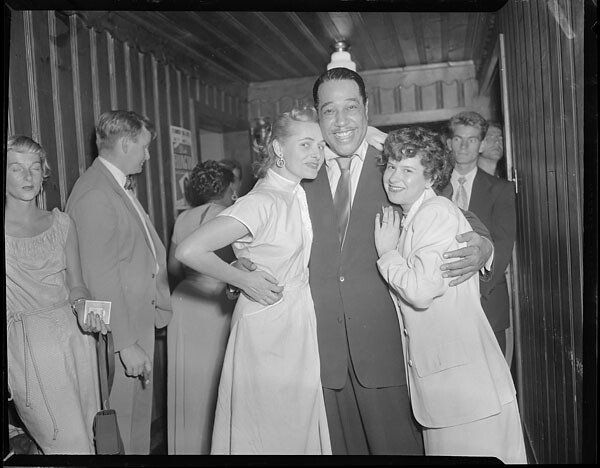
Duke Ellington became synonymous with the sophisticated jazz scene of Harlem. Jazz musician and composer Duke Ellington frequently performed at the Cotton Club, along with singer, dancer and bandleader Cab Calloway. Some of the most celebrated names in American music regularly performed in Harlem—Louis Armstrong, Duke Ellington, Bessie Smith, Fats Waller and Cab Calloway, often accompanied by elaborate floor shows.
What made Ellington special wasn’t just his musical talent—it was his ability to elevate jazz from dance music to high art. From the literary works of Langston Hughes to the jazz compositions of Duke Ellington, it celebrates the resilience, creativity, and cultural richness of the Harlem Renaissance era. His performances at venues like the Cotton Club helped establish jazz as America’s classical music.
Visual Arts: Reimagining Black Identity
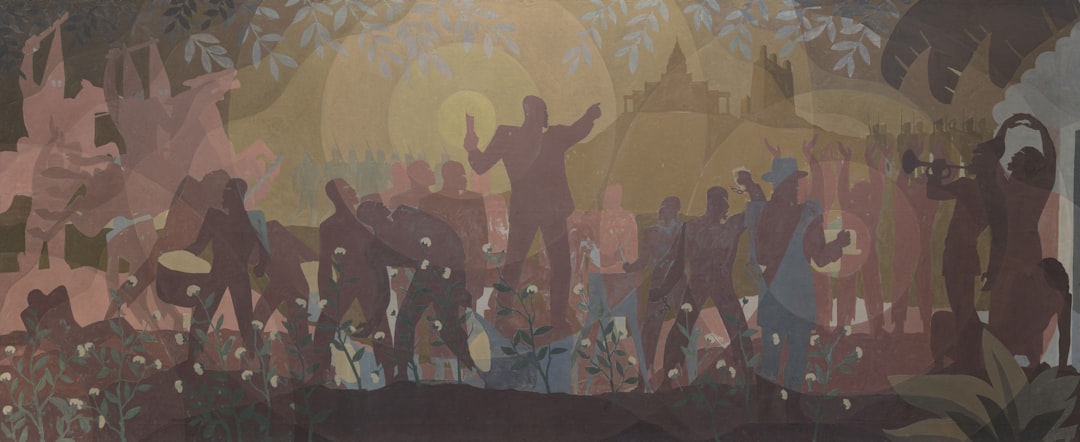
While the Harlem Renaissance may be best known for its literary and performing arts—pioneering figures such as Langston Hughes, Zora Neale Hurston, Duke Ellington, and Ma Rainey may be familiar—sculptors, painters, and printmakers were key contributors to the first modern Afrocentric cultural movement and formed a black avant-garde in the visual arts. The visual arts movement was about more than just creating beautiful images—it was about reclaiming representation.
Aaron Douglas (1899–1979) is known as the “father of African American art.” He defined a modern visual language that represented black Americans in a new light. Douglas began his artistic career as a landscape painter but was influenced by modern art movements such as cubism, in which subjects appear fragmented and fractured, and by the graphic arts, which typically use bold colors and stylized forms. He and other artists also looked toward West Africa for inspiration, making personal connections to the stylized masks and sculpture from Benin, Congo, and Senegal, which they viewed as a link to their African heritage.
Marcus Garvey: The Controversial Black Nationalist
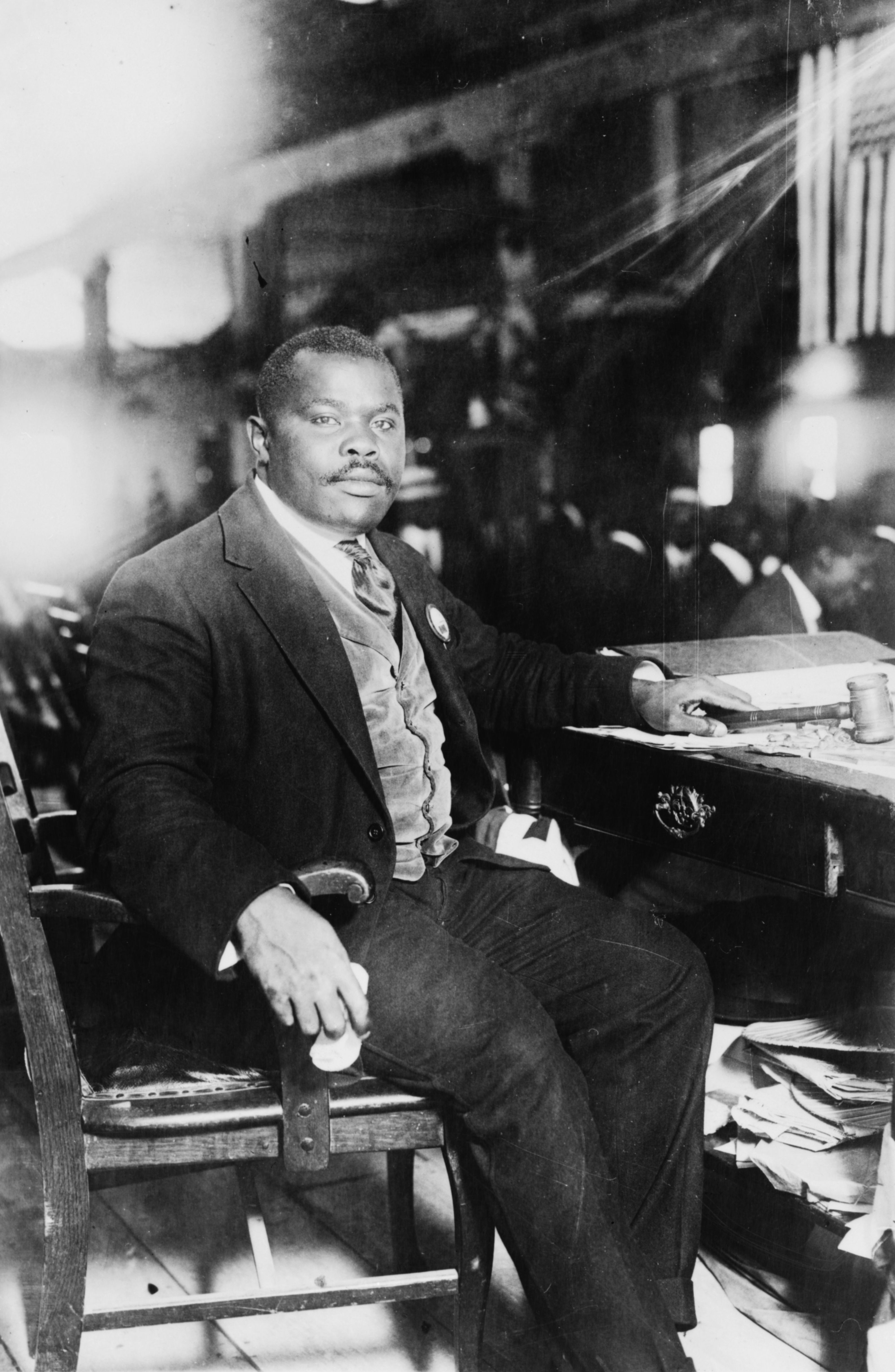
Marcus Garvey and his organization, the Universal Negro Improvement Association (UNIA), represent the largest mass movement in African-American history. Proclaiming a black nationalist “Back to Africa” message, Garvey and the UNIA established 700 branches in thirty-eight states by the early 1920s. Garvey was a complicated figure—inspiring to some, troubling to others. By 1919 the rising “Black Moses” claimed a following of about 2,000,000 people, though the exact number of association members was never clear.
What made Garvey so influential was his ability to tap into the frustrations and hopes of ordinary Black Americans. Drawing on a gift for oratory, he melded Jamaican peasant aspirations for economic and cultural independence with the American gospel of success to create a new gospel of racial pride. “Garveyism” eventually evolved into a religion of success, inspiring millions of black people worldwide who sought relief from racism and colonialism. US President Joe Biden issued a full and unconditional pardon to Garvey on 19 January 2025.
The Clash of Ideologies: Garvey vs. Du Bois
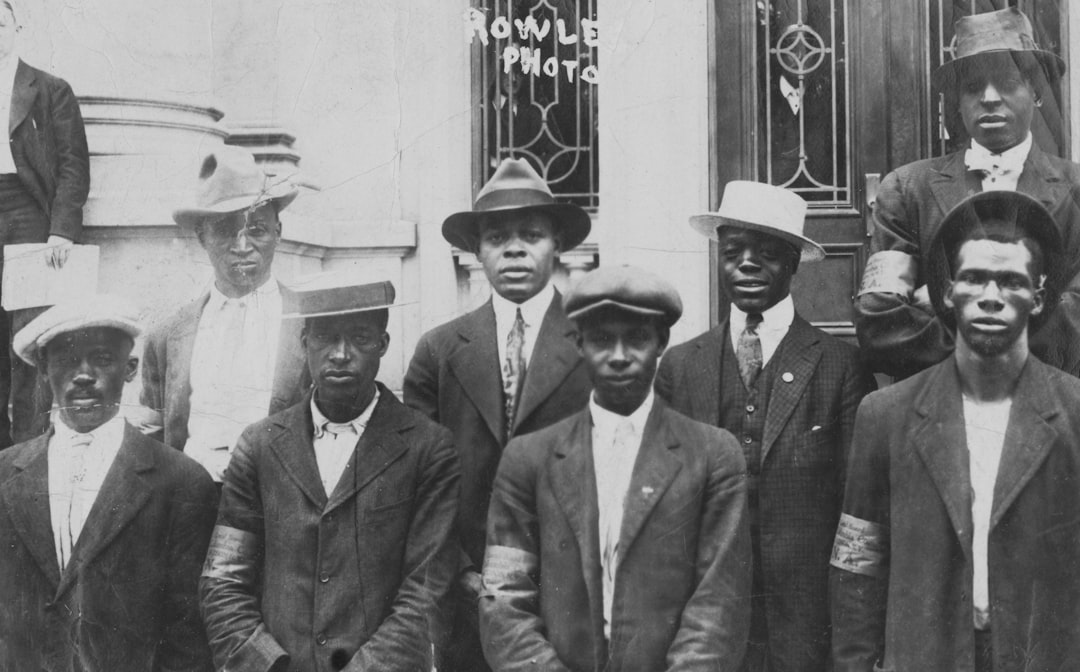
The Harlem Renaissance wasn’t without its internal conflicts. Marcus Garvey’s style of Black nationalism clashed with that of the 1920s Black establishment, notably with W.E.B. Du Bois, head of the National Association for the Advancement of Colored People. Garvey was both a racial purist and a Black separatist, whereas the establishment hoped for a self-sustaining Black ecosystem within a predominantly white America.
The tension between these approaches reflected deeper questions about the future of African Americans. From jail, Garvey continued to write letters and articles lashing out at those he blamed for the conviction, focusing much of his criticism on the NAACP. In fact, W.E.B. Du Bois of the NAACP famously said, “Marcus Garvey is the most dangerous enemy of the Negro race in America and in the world.” However, Garvey’s supporters prefer to focus on his key message, which was steeped in Black pride.
The Cotton Club and the Commodification of Culture

The Cotton Club, at 142nd Street and Lenox Avenue in Harlem, was one of the most successful nightlife venues of the Harlem Renaissance. But here’s the troubling part: While it was fashionable to frequent Harlem nightlife, entrepreneurs realized that some white people wanted to experience Black culture without having to socialize with African Americans and created clubs to cater to them.
This created a bizarre situation where Black artists were performing their own culture for white audiences who didn’t want to interact with them as equals. Van Vechten’s previous fiction stirred up interest among whites to visit Harlem and take advantage of the culture and nightlife there. It was cultural tourism at its most problematic—appreciation without understanding, consumption without respect.
The Role of Women in the Renaissance
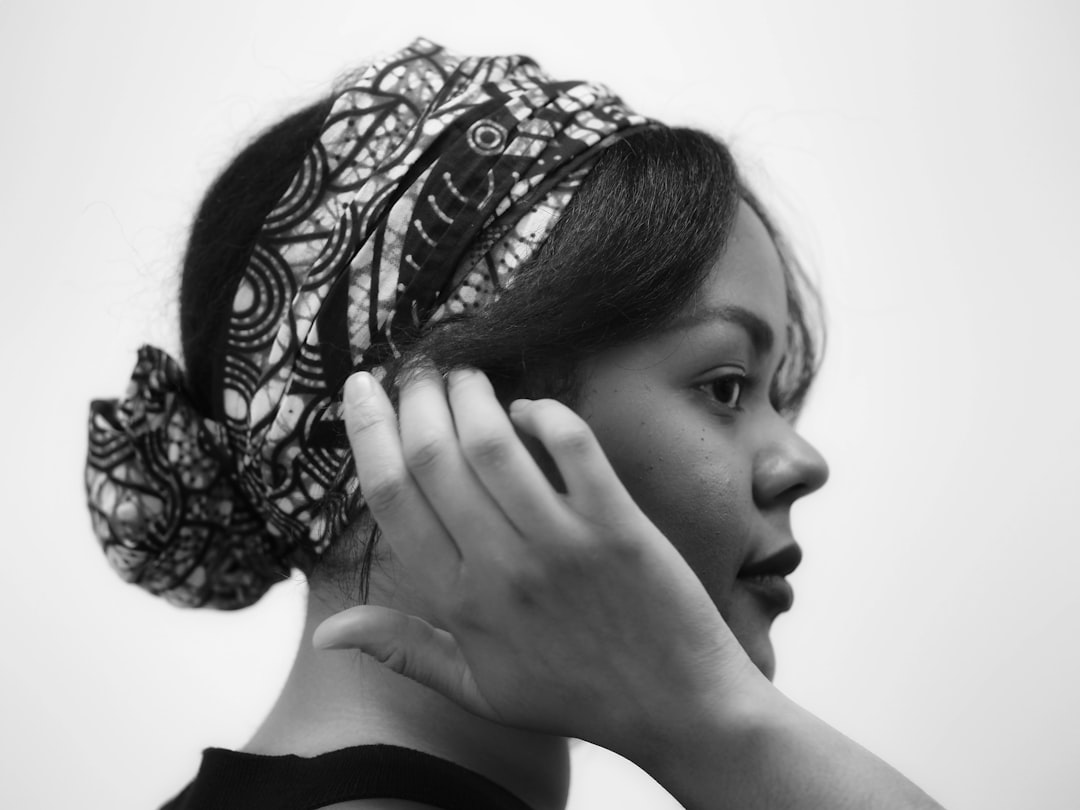
Women played crucial but often underappreciated roles in the Harlem Renaissance. Novelist and du Bois protege Jessie Redmon Fauset’s 1924 novel There Is Confusion explored the idea of Black Americans finding a cultural identity in a white-dominated Manhattan. Fauset was the literary editor of the NAACP magazine The Crisis and developed a magazine for Black children with Du Bois.
Beyond literature, women were essential to the movement’s infrastructure. Among the Renaissance’s most significant contributors were intellectuals W.E.B. Du Bois, Marcus Garvey, Cyril Briggs, and Walter Francis White; electrifying performers Josephine Baker and Paul Robeson; writers and poets Zora Neale Hurston, Effie Lee Newsome, Countee Cullen; visual artists Aaron Douglas and Augusta Savage; and an extraordinary list of legendary musicians. These women weren’t just participants—they were architects of the movement.
The Renaissance’s Political Dimensions
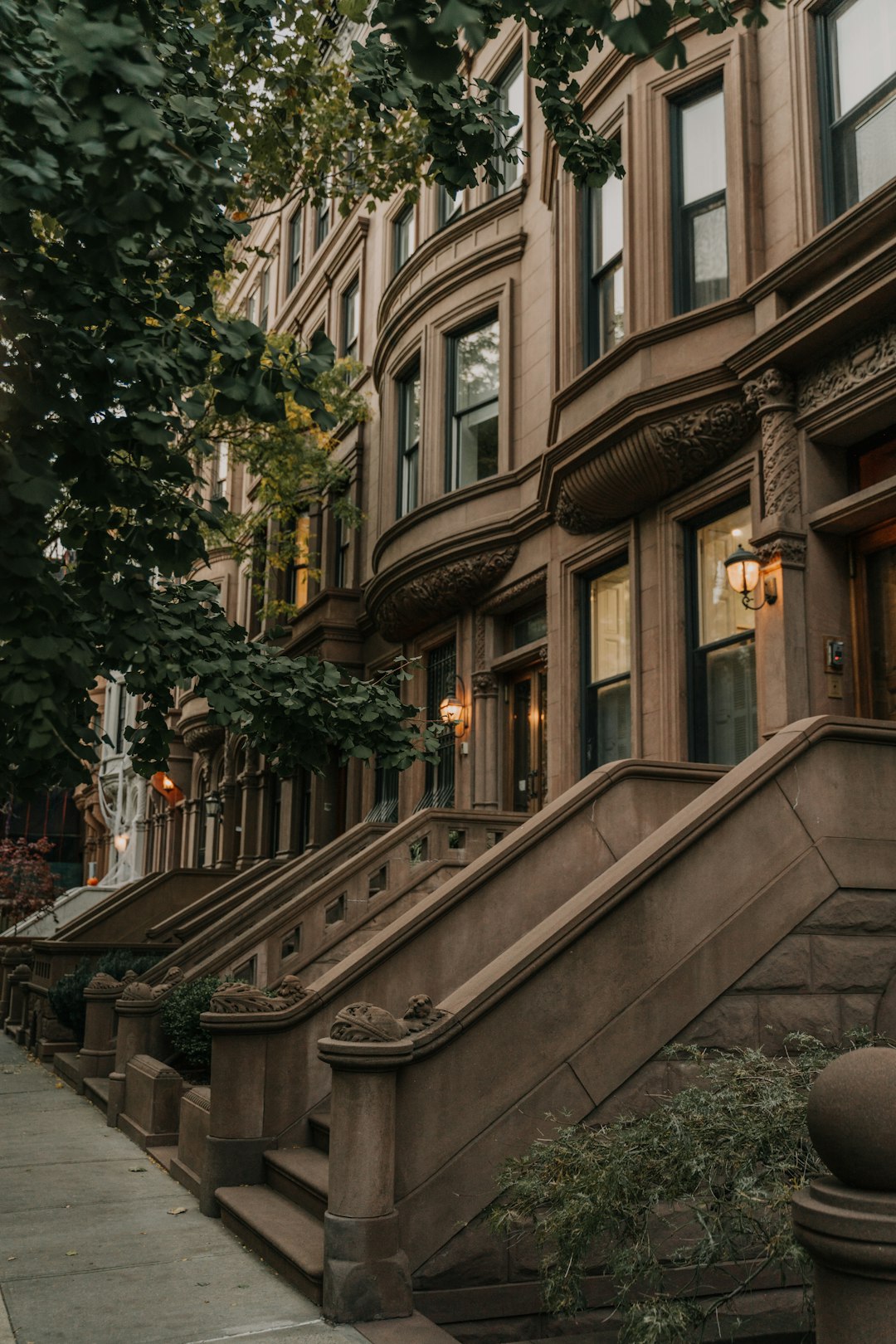
The Harlem Renaissance was never just about art for art’s sake. It helped African American writers and artists gain more control over the representation of Black culture and experience, and it provided them a place in Western high culture. The Harlem Renaissance also laid the groundwork for all later African American literature, and it had an enormous impact on Black consciousness worldwide.
The war and migration bolstered a heightened self-confidence in African Americans that manifested in the New Negro Movement of the 1920s. This wasn’t just cultural expression—it was political activism through art. The movement demonstrated that African Americans could create their own institutions, define their own aesthetics, and speak for themselves in ways that challenged white supremacist assumptions.
The Global Impact and Legacy
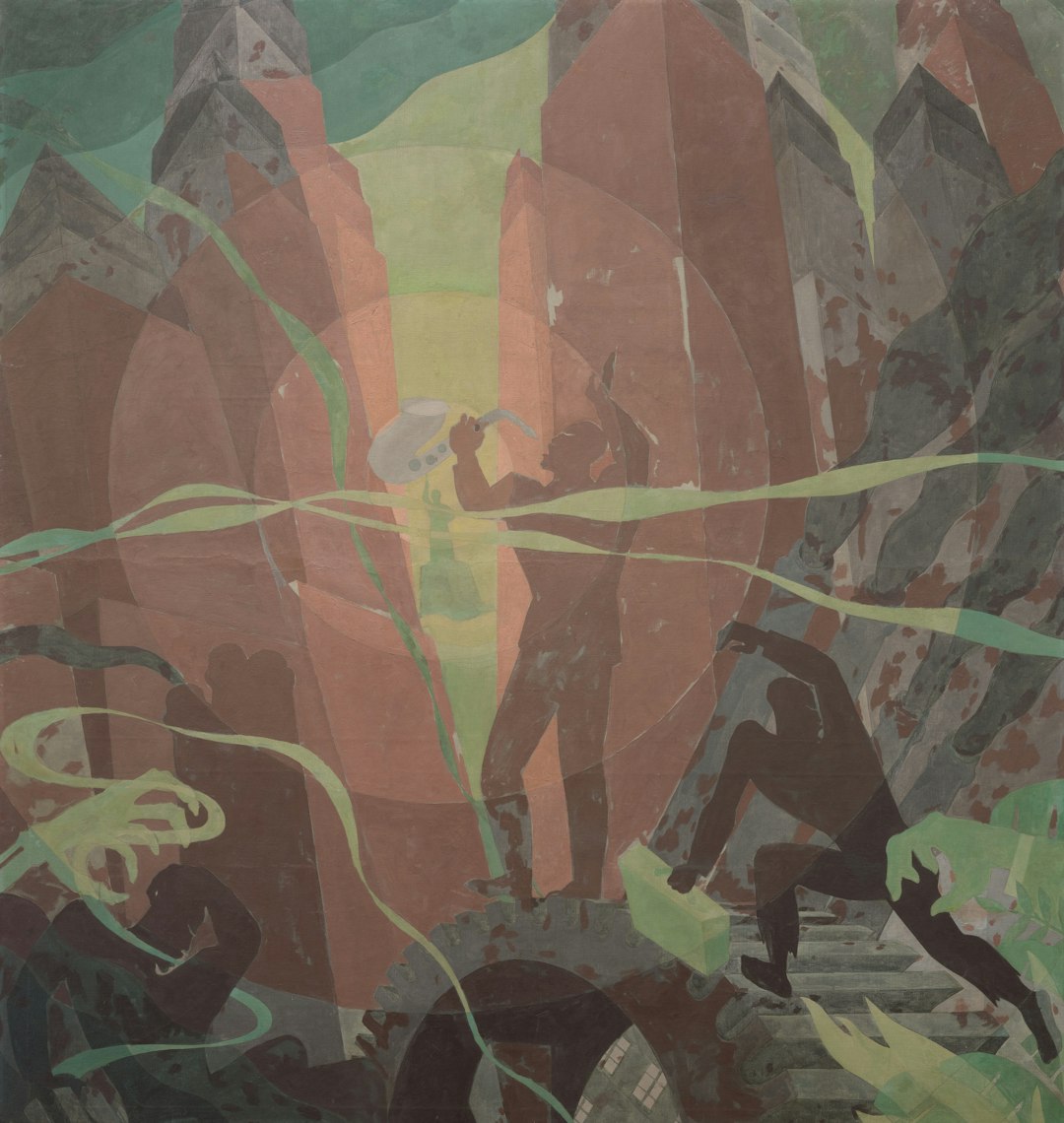
Beyond this, the Harlem Renaissance had an undoubtedly significant impact globally, particularly in their invocation of communist ideology and role in shaping and growing black consciousness and the cultural canon worldwide. The movement’s influence extended far beyond America’s borders, inspiring liberation movements and cultural awakenings across the African diaspora.
Most importantly, the Harlem Renaissance instilled in African Americans across the country a new spirit of self-determination and pride, a new social consciousness, and a new commitment to political activism, all of which would provide a foundation for the Civil Rights Movement of the 1950s and 1960s. In doing so, it validated the beliefs of its founders and leaders like Alain Locke and Langston Hughes that art could be a vehicle to improve the lives of the African Americans.
The Movement’s Decline and Lasting Impact
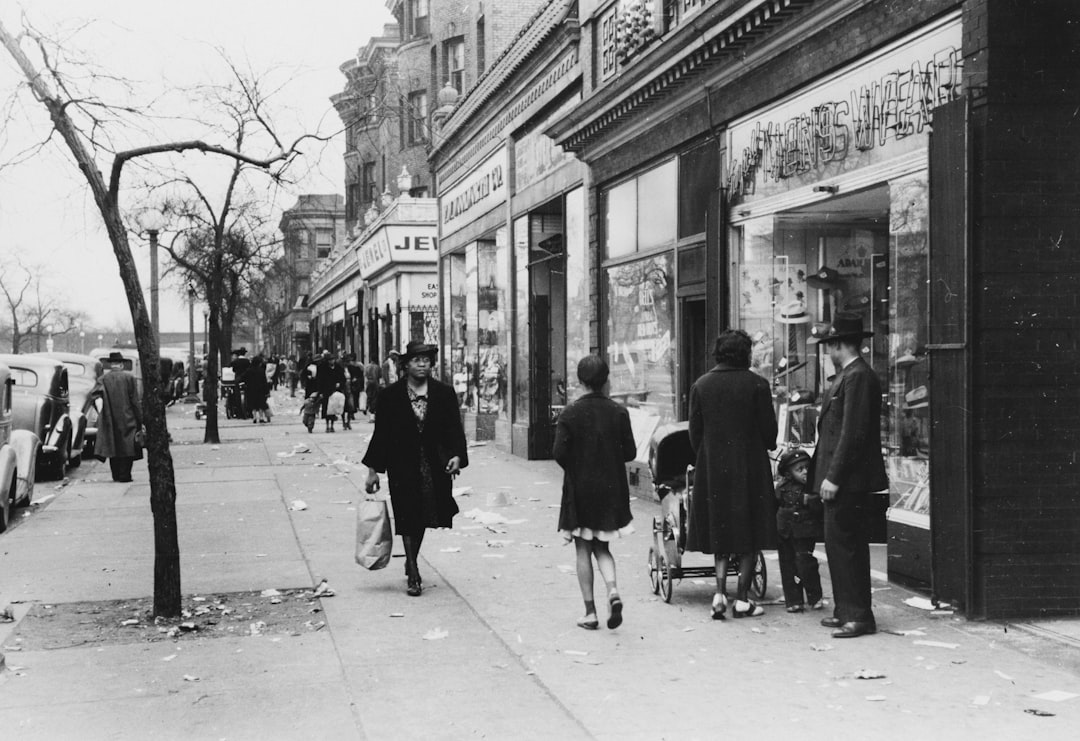
The movement is considered to have begun about 1918 and continued to 1937. Its most productive period was in the 1920s, as the movement’s vitality suffered during the Great Depression (1929–39). The economic collapse hit Harlem particularly hard, as patronage dried up and many venues closed their doors. But the damage to the movement went deeper than economics—it was also about changing cultural priorities.
Never dominated by a particular school of thought but rather characterized by intense debate, the movement laid the groundwork for all later African American literature and had an enormous impact on subsequent Black literature and consciousness worldwide. Even as the Renaissance faded, its intellectual and artistic achievements continued to influence generations of writers, artists, and activists. The movement proved that African Americans could create their own cultural institutions and that Black culture deserved respect and recognition on its own terms.
Contemporary Relevance and New Renaissance
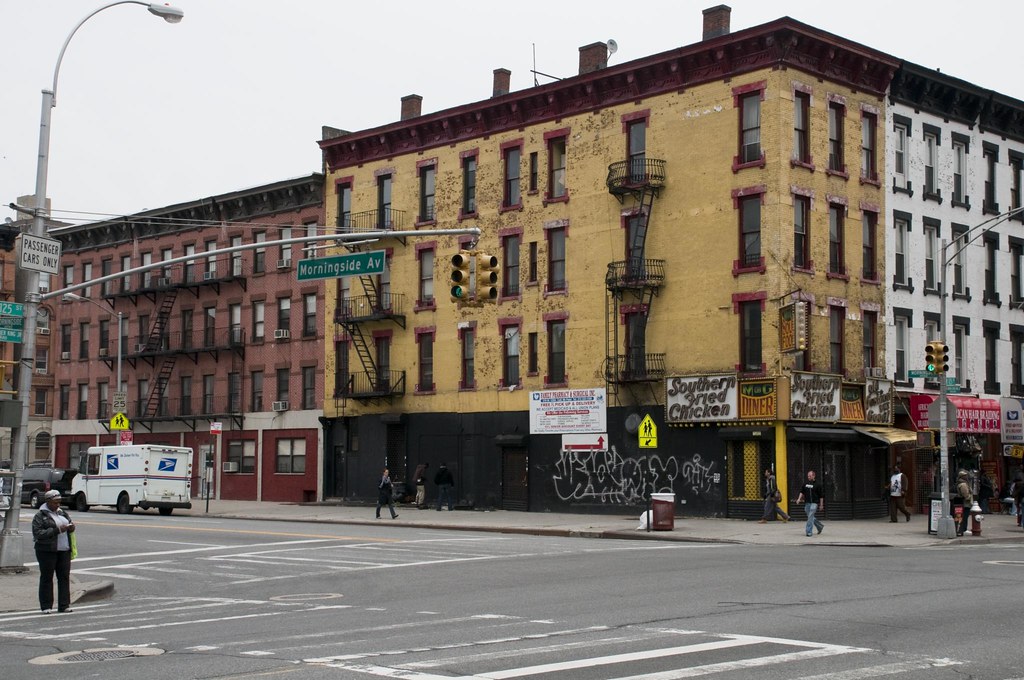
Today, scholars and community leaders are talking about a new Harlem Renaissance. The original Harlem Renaissance redefined identity, fostered pride, and changed the course of American culture. Today, Harlem stands ready for a new era of creativity, justice, and community. The original Harlem Renaissance redefined identity, fostered pride, and changed the course of American culture. Today, Harlem stands ready for a new era of creativity, justice, and community. By building on these ten pillars, Harlem can once again become a beacon of hope and a model for cultural rebirth—locally, nationally, and globally.
The lessons of the original Harlem Renaissance remain relevant today. It showed that cultural expression could be a form of resistance, that art could challenge social hierarchies, and that communities could create their own institutions and definitions of success. In our current moment of racial reckoning and cultural transformation, the Harlem Renaissance offers both inspiration and practical lessons for how marginalized communities can assert their dignity and demand their rightful place in American society.
The Harlem Renaissance wasn’t just a moment in time—it was a blueprint for how art, politics, and community organizing could come together to create lasting change. The movement demonstrated that culture could be a weapon against oppression and a tool for building new forms of consciousness and identity. What would you have guessed could emerge from one neighborhood in just two decades?


